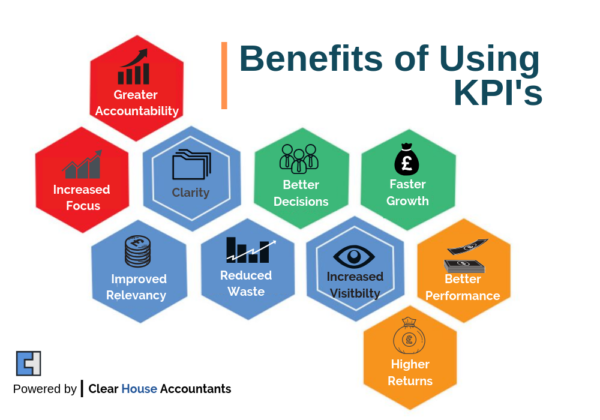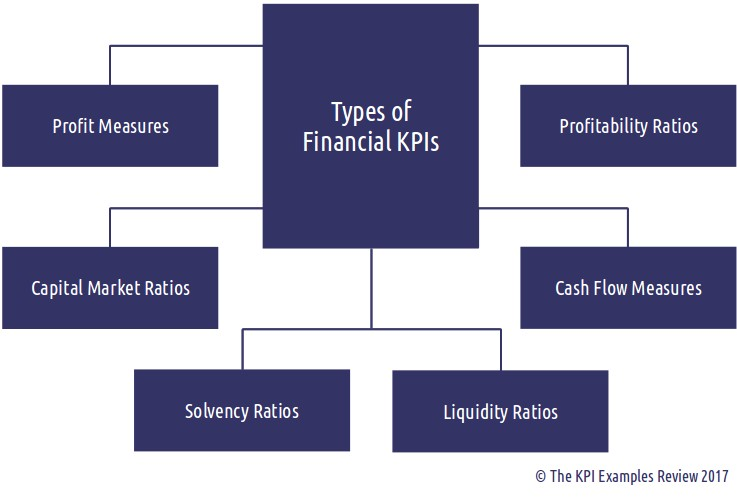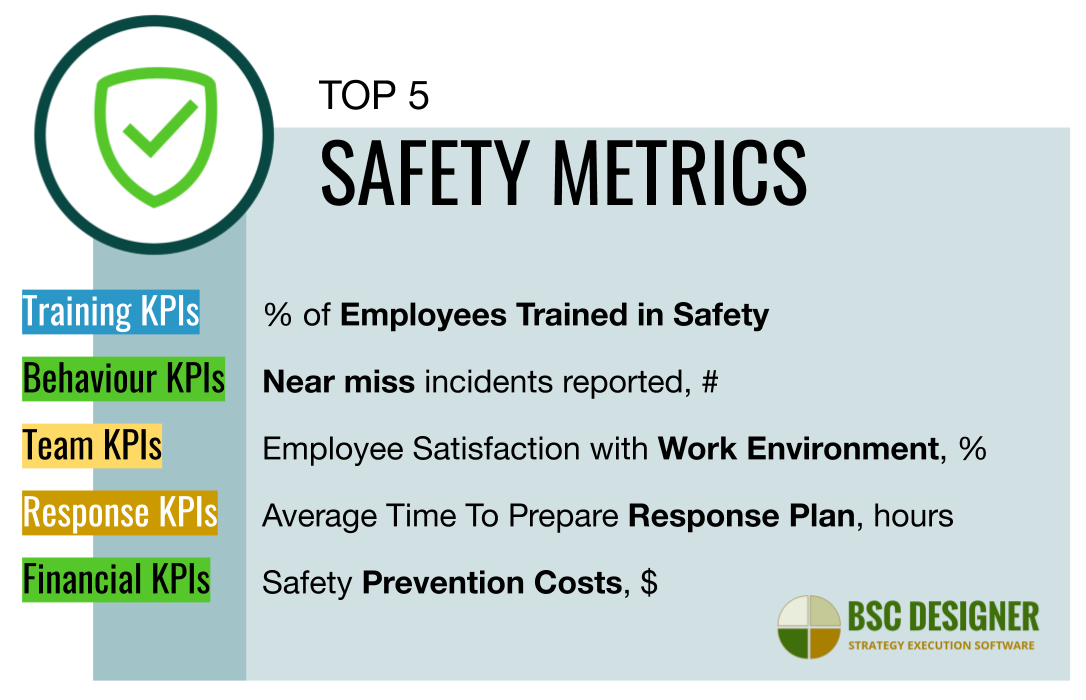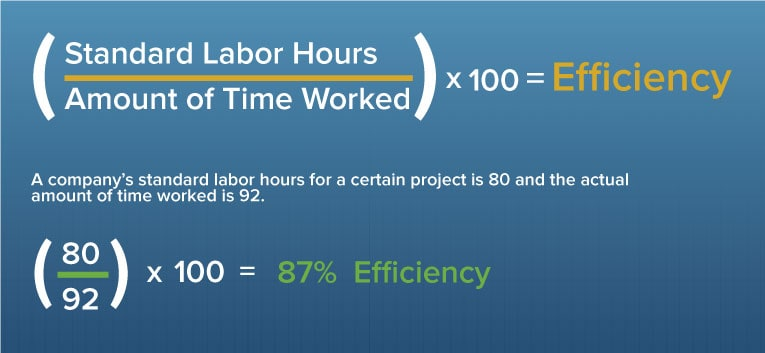Do you know what is KPI? If you haven’t already looked up the acronym on Google, KPIs are your Key Performance Indicators.
As the name suggests, KPIs will help your business to measure how effectively and accurately it is meeting its long term goals.
Financial and marketing analysts use a number of different metrics to track and measure performance levels so your KPIs could be just about anything.
Here’s everything that you need to know about identifying your business’s KPIs, categorising them and then using them to measure performance effectively:
What is KPI and the Types of Them
❖ Financial Metrics
As a financial analyst myself, I know that these metrics hold great importance in determining the effectiveness of how your business is running in terms of generating maximum revenue and minimising costs.
Capital Market ratios will help you gauge the Return on Investment on financial instruments like bonds, treasury bills, foriegn exchange etc.
This is very useful whether you’re looking to invest or your firm deals in the selling of these instruments.
Solvency and liquidity ratios are just as important as profitability ratios because they will help you determine how much cash on hand you have to carry out day-to-day operations.
Banks, for example, keep a cash reserve for customers who walk in to make withdrawals from their accounts.
No matter what type of business you own, it is always important to keep a check on your company’s liquidity position.
Less liquidity could strain your resources and make it difficult to carry out daily business dealings, whereas higher liquidity could result in ineffective cash management i.e. the cash lying around could be better utilised by investing it to generate returns.
Last but not least, your cash flow ratios will help you analyse whether there is enough cash coming into your business as compared to the cash you are spending.
If this is not the case, you need to re-evaluate your entire business process and see where cost cuts can be made.
❖ Employee Metrics
Just like the land, capital and everything else that you invest in – your employees are an investment that should generate profitable returns for your business.
Most business processes involve employees being on the frontline to deal with customers so not only does your business profitability, but also image, depend heavily on employees.
You may already be familiar with these because they are also known as ‘People Metrics’.
The three most common people metrics are employee retention rate, response to open positions and employee satisfaction.
The first and latter metrics are both inter-related.
If your retention rate is high i.e. majority of your employees work in your organisation for a long period of time, then automatically your employee satisfaction will also be high.
The response to open positions reflects how well you are advertising which is crucial in determining how many potential employees will show up for interviews.
The more the individuals that show up for interviews, the better chances of hiring the best candidates.
Here are some more ideas for measuring employee KPIs if you’re really investing in your labor force and care about employee satisfaction:
❖ Customer Metrics
Out of all the different categories of KPIs, this is perhaps the most important and specific.
Businesses these days are focusing solely on creating a good experience for customers rather than making maximum, short-run profit.
This means that you will have to monitor how satisfied your customers are after an experience with you and whether they come back or not.
One of the must-have ratios that you need to calculate for customer metrics is your customer retention rate.
You can measure this by adding the number of customers that made a repeat purchase in a specific time period and then dividing it by the total number of customers/purchases in that time period.
The higher the retention rate, the better.
The average retention rate varies from industry to industry but for most industries, a retention rate above 20% within 8 weeks is considered good.
However, for eCommerce stores, try to aim for a higher retention rate i.e. at least 35%.
Here’s the weekly average retention rate for various industries:
If your retention rate is low, consider SMS service and other channels to introduce customer loyalty programs and offer better customer service, all of which goes a long way in improving retention rates.
❖ Process Metrics
Whether you use Just in Time (JIT) stock management or a traditional inventory management system, how efficiently you run your business operations is also an important factor in determining profits.
With traditional inventory systems, is your leftover/unsold stock wasted?
If you use JIT stock management, is your business getting resources on time to complete orders?
All of these questions are proof that no stock management system is perfect, but you can always opt for the one which you feel helps you efficiently run your business.
Even with that, you need KPIs to constantly measure the efficiency of your process so you can debate whether to switch to other inventory systems or take steps to improve the current method.
There are two main ratios that you need to calculate for this: the Percentage of damaged products and your Line of Business (LOB) Efficiency.
The former is self-explanatory: you need to minimise the percentage of damaged goods so that there is minimum wastage.
Plus, to be 100% sustainable, you can recycle or give away defected products. Some brands even sell defective items at a lower price, so you just need to find a solution that works for you.
Nevertheless, wastage should be minimum so that you can sell maximum products at full price.
Secondly, your Line of Business efficiency measures how many units you produce in a given period of time in relation to the machines, labor and resources being put into producing these units in that time period:
This will help you determine whether your machines are being used at full capacity or how effectively labour is producing units.
Is a same-sized competitor producing the same units in a lesser amount of time?
If your efficiency rate is below industry average, it means that you need to identify where the problem is occurring which is slowing you down.
It’s always better to measure the same ratios as competitors for an easy comparison, but there are a number of factors that affect this comparison so hiring a professional is always a good idea.
Using Key Performance Indicators effectively for your business
Now that you’re well versed with what KPIs are and how they are classified into different categories, here’s how you can implement them in your business:
❖ Identify which Key Performance Indicators you need
Depending upon the nature of your business, you will only need specific KPIs to measure performance.
As a rule, it’s best to use a maximum of 10 KPIs.
If you’re thinking why limit yourself to these, it’s because on paper it may just be a few formulas, but in reality it takes a lot of investment to monitor different variables to generate accurate results and then implement changes accordingly.
Out of these 10 KPIs, financial metrics are a must for each business. This is because all ratios apply to every type of business.
Apart from that, process metrics are also important.
While the process for each business differs, whether you’re in the service industry, experience industry or the traditional product industry, you will always have a process and it is crucial to monitor it for maximum efficiency.
Employee metrics are only important for businesses that have a high dependency on their labor force.
10 years from now, banks won’t need to measure employee metrics because everything is rapidly becoming digitised in the banking industry.
Similarly, there are restaurants in China where food is prepared and served by robots, with no human interaction whatsoever!
Last but not least, customer metrics are usually important for businesses that sell high-involvement products or are in the retail and eCommerce industry.
❖ Determine your frequency
Once your first step i.e. determining the KPIs you’re measuring is complete, you need to determine how frequently you’ll measure them.
Are you doing it on a weekly, monthly or quarterly basis? Business experts say that the higher the frequency, the better.
This makes sense considering the higher number of times you test variables, the quicker you can identify potential problems and implement changes.
However, it is also important to understand that higher frequency of measuring KPIs means a lot of cost.
Thus, you need to balance out the frequency to ensure that you don’t strain your budget.
Normally, an average monthly frequency is optimal, but if you can go for an even shorter one, that’s better.
This also depends on your data collection tools and resources that you have, so consider investing in tools for marketing that will save your business time and money.
❖ Understand the aspect of timing
There’s a concept that financial analysts use which is called ‘lag time’.
Lag time is the time which starts when you carry out your research (i.e. measuring KPIs at the start of the time period) till the end of the time period when you receive results.
This means that by the time you get results, you have effectively measured variables in the past, not currently.
This is another reason why it’s better to increase frequency, because the less the lag time, the more accurately you’ll be able to gauge your business’s current performance.
❖ Measure numerical data
As you probably already know, we have quantitative and qualitative variables.
Both have their advantages and disadvantages, for example, qualitative data is more descriptive so you get a deeper insight into the problem.
Quantitative data, on the other hand, is more accurate and specific.
It’s harder to compare qualitative data because there is also the factor of objectivity from the individual measuring it.
Thus, when it comes to KPIs, it’s best to opt for quantitative measures only.
This is because you need to measure exactly where you stand when it comes to attaining your goals; plus, quantitative data also allows for industry comparisons which helps to determine where your business currently stands.
- Revisit your KPIs to see what is working
Yes, this is an ongoing cycle with a repeat process. Your job doesn’t end at measuring the same KPIs.
You need to monitor whether the KPIs you are measuring are effective or not, because if you’re investing so many resources into it without gaining substantial results, then what’s the point?
Thus, you need to keep a check on the KPIs that actually work by identifying problems that can be rectified which helps you achieve your goal.
Keep measuring those KPIs and discard the ones that you need.
It is inevitable that your KPIs will change over time due to changing trends and market conditions so you will have to look at new KPIs that could be incorporated into your analysis.
Remember, it’s all about what works for your business.
Measuring Key Performance Indicators effectively
One last thing that you need to remember is that automation is essential for success and accuracy.
Any business that still runs on manual processes is considered outdated because there are so many variables in play which lead to the conclusion that survival is not possible without automation tools.
Conclusion to Key Performance Indicators
So that concludes everything there is to know about key performance indicators, which of them you need to use for your business and how you can use them effectively.
KPIs are crucial to the long-term success of a business.
Just like planning is an essential step of the business process, analysis and modification is your last part after which you repeat the entire cycle again.
Every business varies in nature, even if your competitors sell similar products and operate on the same scale, your business strategy should still be unique in order to achieve success.





